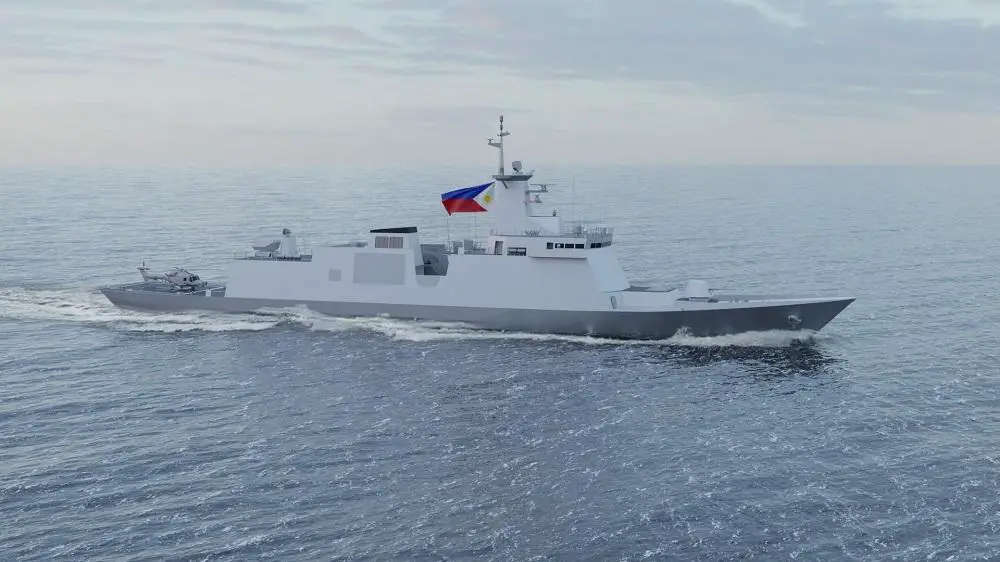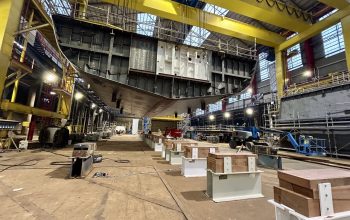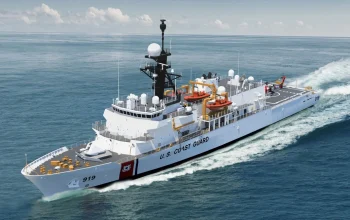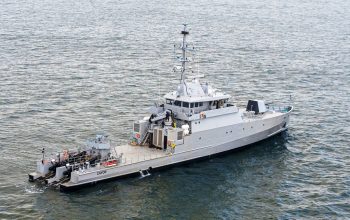The steel cutting for the two brand-new corvettes which is expected to augment the Philippine Navy’s (PN) two Jose Rizal-class missile frigates now in service is expected to take place in May and November this year. The steel cutting officially marks the start of the construction of any ship. The steel cutting is expected to proceed in these months as South Korean shipbuilder Hyundai Heavy Industries (HHI) is now in the process of finalizing the critical design review (CDR) for the two corvettes. Last year, the HHI completed its preliminary design review which was first subjected to a Technical Inspection and Acceptance Committee (TIAC) before it proceeded with the CDR. The same will be done with the CDR once it is completed. The steel cutting will begin once the CDR is reviewed and approved by the TIAC.
The Philippine Department of National Defense signed a PHP28-billion contract with HHI for the acquisition of two brand-new corvettes for the PN, which are capable of anti-ship, anti-submarine and anti-air warfare missions on Dec. 27, 2021, and will be more heavily armed than the Jose Rizal-class frigates. Former defense secretary Delfin Lorenzana earlier announced that the agency was able to meet its target of having the PN Corvette Lot 1 Acquisition Project contract signed before the end of 2021 despite the delays caused by the coronavirus disease 2019 (Covid-19) pandemic. The two corvettes from HHI, where the two Jose Rizal-class guided-missile frigates were also built, will ensure commonality and interoperability. The Special Allotment Release Order for the 15 percent advance payment for the PN’s CAP worth PHP3.75 billion was released by the Department of Budget and Management on Dec. 10, 2021.
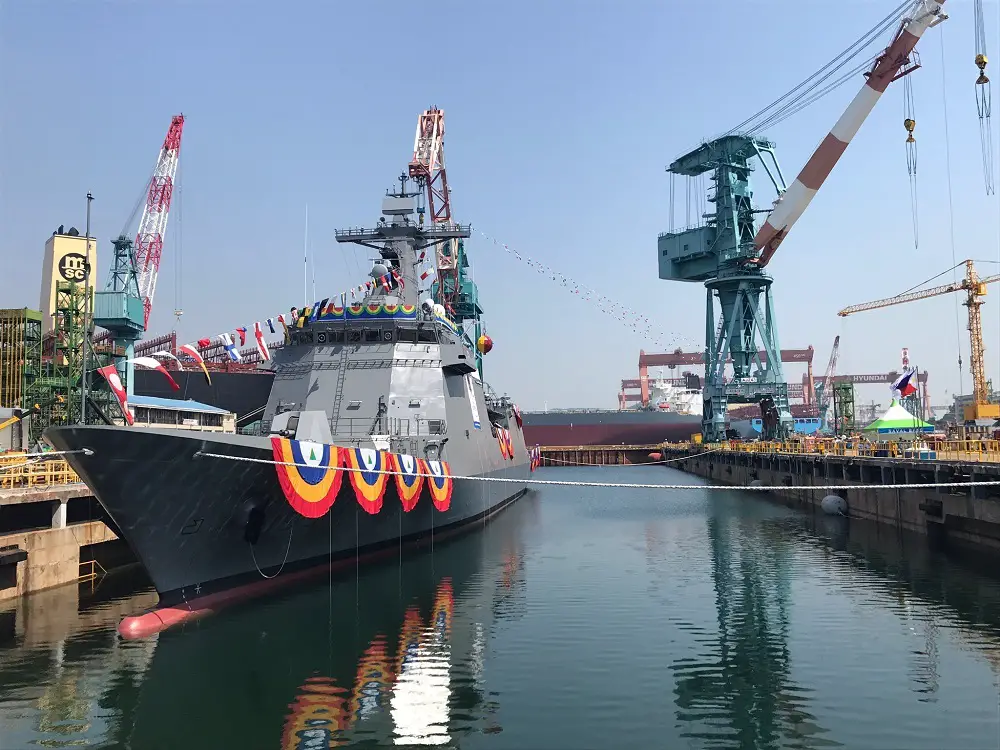
The Philippine Navy is expecting the delivery of two new corvettes acquired under its Corvette Acquisition Project under the Revised AFP Modernization Program’s Horizon 2 phase covering years 2018 to 2022. The Philippines’ Department of National Defense (DND) signed a contract with South Korean shipbuilder Hyundai Heavy Industries on 28 December 2021, with the shipbuilder delivering a variant of their HDC-3100 / HDF-3100 corvette/frigate design. The ships are not yet named, and construction is expected to start by 2022. Hyundai Heavy Industries’ HDC-3100 corvette design, also known as the HDF-3100 frigate design, will become the benchmark design for the Philippine Navy’s future frigate. It is an improved design of the HDF-2600 which was used on the Jose Rizal-class frigate, with a longer hull to accommodate increased subsystem requirements of the Philippine Navy.
The benchmark HDC-3100 has a length of 116 meters, a breadth of 14.8 meters, and a displacement of 3,100 tons, and will be have a Combined Diesel and Diesel (CODAD) propulsion configuration allowing a maximum speed in excess of 25 knots and a range of up to 4,500 nautical miles. It has space for a 76mm primary naval gun in A-position, a 16-cell VLS (with space for 16 more) behind the primary naval gun, torpedo launchers on both port and starboard sides, and a gun-based close-in weapon system above the helicopter hangar. Aside from the CIWS, there is no more small-calibre secondary gun as previously expected. The space for the vertical launching system has been lengthened to accommodate a 16-cell system, and helicopter landing deck also appears to have been lengthened to allow longer helicopter designs.


